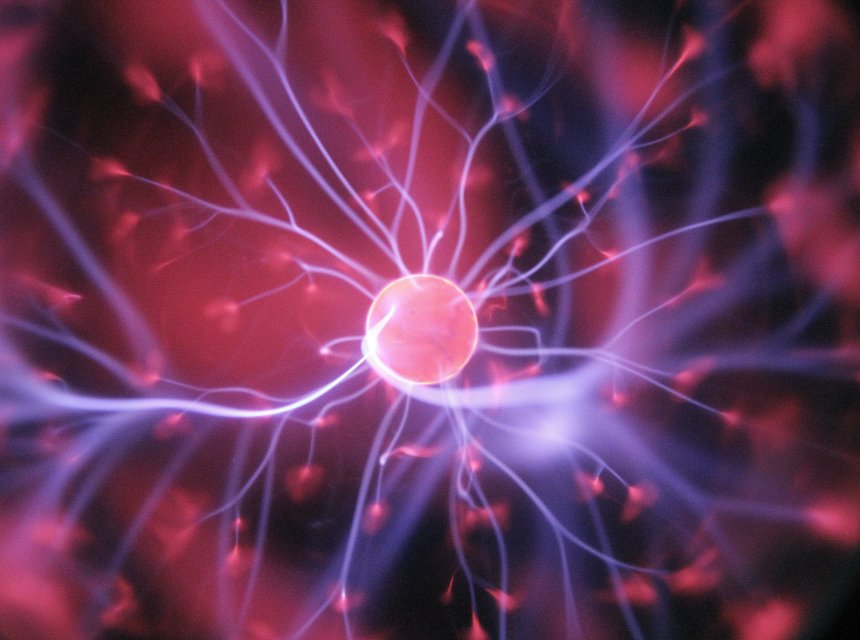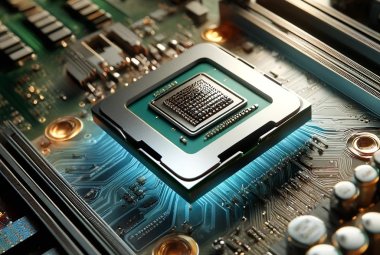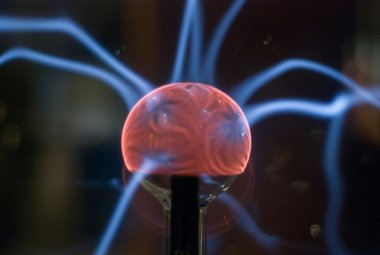Its quite extraordinary when you think about what can fit into a piece of brain in the size of a poppy seed. 57 thousand brain cells, 230 millimeters of blood vessels and 150 million synapses. A detailed map of something like this could possibly not be created without the involvement of powerful artificial intelligence. The result is the most extensive 3D reconstruction of the human brain structure to date.
The human brain has recently become an inspiration for electronics creators who would like to approach the astonishing energy and computing efficiency of this product of biological evolution.
This leads scientists to intensively investigate and reconstruct the structure of the brain in detail, at the level of brain cells, neurons and their connections, i.e. synapses through which nerve signals flow. It's extremely demanding and undoubtedly back-breaking, repetitive work.
In other words, brain mapping is an ideal project to engage artificial intelligence. In this case, the use of AI has a directly philosophical dimension. After all, it is incredible that Artificial Intelligence, i.e. a product of human intelligence, helps to penetrate the structure of its creator.
The team, led by an American specialist in connectomes, i.e. complete maps of the connection of biological elements, in this case brain elements - Jeff Lichtman from Harvard University - began cooperation with Google Research experts almost 10 years ago. Lichtman's team provided detailed electron microscope images, while the Google Research team released artificial intelligence that played a pivotal role in data processing.
After enormous effort and a lot of time, they achieved a major breakthrough. As they recently published the complete connectome of a 1 millimeter cubic human brain. It may not sound all that dazzling, and it's a piece of brain about the size of a poppy seed, but it still manages to literally take your breath away.
The mapped cubic millimeter, which comes from the sleep area of the cerebral cortex (temporal cortex), where semantic memory (concepts, facts, data) resides, contains 57 thousand brain cells, 230 millimeters of blood vessels and a hard-to-imagine 150 million synapses. Again for your imagination, this is in a space about the size of a poppy seed.
This is the most extensive 3D reconstruction of the human brain structure. The researchers created about 1.4 PB of data in this reconstruction. Coincidentally, this is more than half of the estimated memory capacity of the human brain, which is about 2.5 PB. If we tried to reconstruct the entire human brain in this style, which contains about 86 billion neurons, connected by about 100 trillion synapses, it would take about 1 EB of data. This is roughly a measure of the capacity of the data centers located at CERN
We can only look forward to what other secrets we will learn with the help of AI in brain mapping. We must also hope that this advance is not the first or the last.








